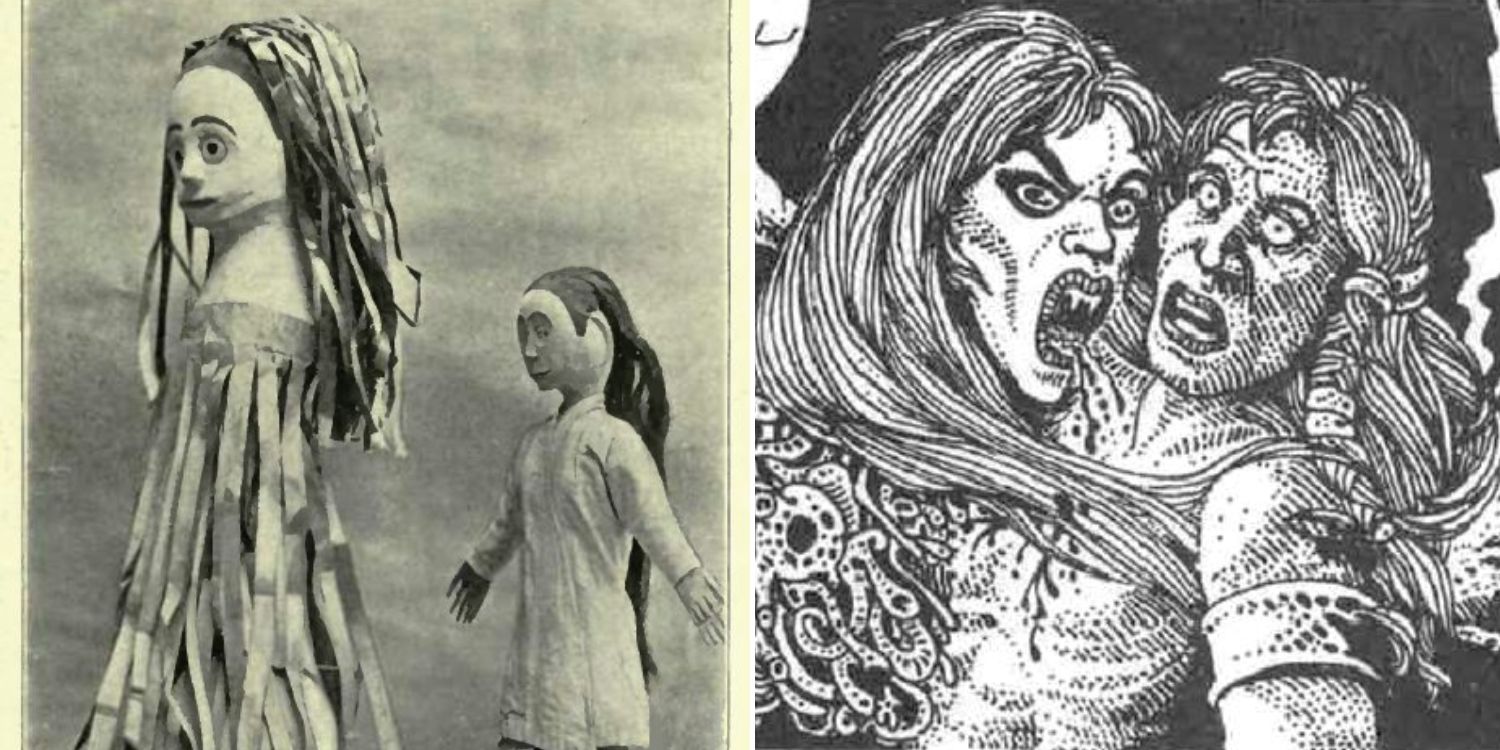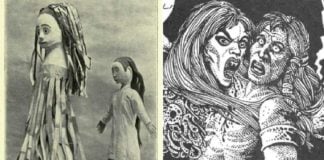Penanggalan: Bloodthirsty Ghouls That Prey On Pregnant Women
Singapore has its fair share of superstitions and ghostly folklore.
More common ones include the infamous Pontianak stories or even the Hungry Ghosts of the seventh month.
However, some legends like the Penanggalan or the Penanggal seem to have been lost to the tides of time.
These gruesome tales describe the Penanggalan as disembodied heads that float around with their spine and entrails dangling below them as they seek the blood of new mothers.

Source: The Real Malay
What’s even scarier is that during the day, they return to their bodies and disguise themselves as ordinary women.
What is the Penanggalan?
Unlike some of the other common figures in our folklore, the Penanggalan aren’t actually spirits or ghosts.
There are several versions of its origin story, but the Penanggalan is said to be mortal women who have dabbled in black magic, perhaps as a means to attack or kill someone else.

Source: @marenatattoos via Instagram
One version of the story, according to Wikipedia, is that these women meditate while doing a ritual bath in vinegar.
During this ritual, their whole body except the head is submerged.
Once done with their mischief and mayhem in the night, the Penanggalan returns to its body and sinks its entrails in vinegar to shrink them before reattaching itself.
The Penanggalan usually target newborns, pregnant women, or women who have recently given birth.
Horrifyingly, they even hide beneath houses to feed on the blood spilt by new mothers who have just given birth.
Identifying, defeating & protecting against the hungry ghouls
Although they masquerade as normal women during the day, there’s one thing that does give the Penanggalan away — the smell of vinegar.
Having soaked themselves in it, the smell is a dead giveaway for any that might be hiding amongst us.
The kampung folks back in the day had several precautions against these creatures.
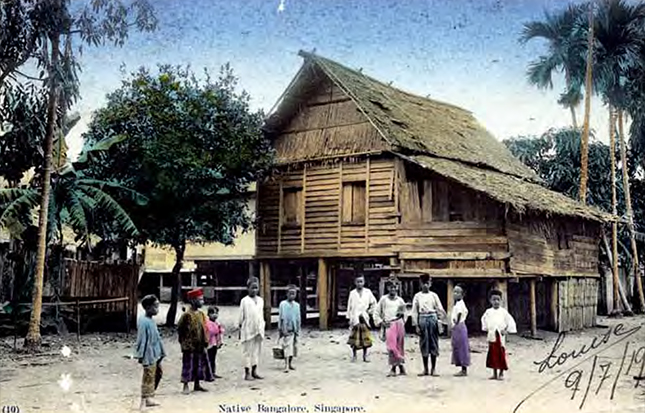
Source: Roots.sg
This included scattering the thorny leaves of a local plant known as mengkuang around.
The thorns on the leaves are meant to puncture any of the exposed organs of the Penanggalan while they float around in search of prey.
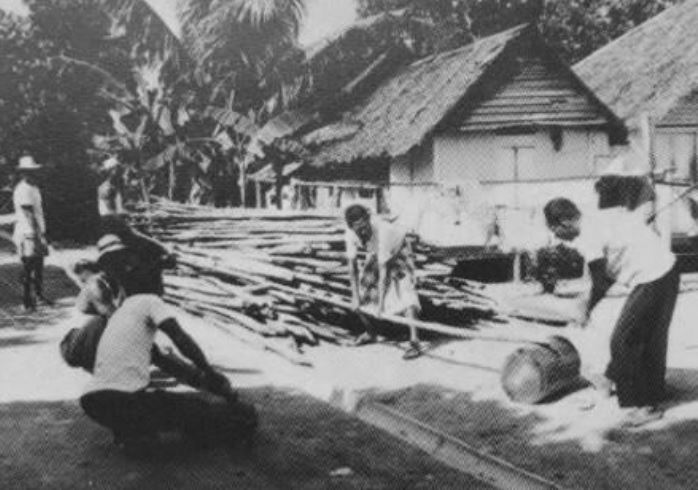
Source: ResearchGate
Some even glued shards of glass near the tops of walls or windows for the same reason.
This is especially done if there are pregnant women or women who are giving birth in the house.
If the identity of the Penanggalan is confirmed, another way of getting rid of them is to locate their body at night while the detached head is on the hunt.
Pouring pieces of broken glass into the neck cavity is a sure way to kill it when it returns and attempts to reattach itself to its body.
Otherwise, cremating the body before it can reattach itself at sunrise can do the trick.
Stories of the Penanggalan existed in Singapore since 19th century
Stories of the Penanggalan weren’t just horror stories told to kids at night who were misbehaving.
The creature has been mentioned in Singapore’s literature since the 1800s.
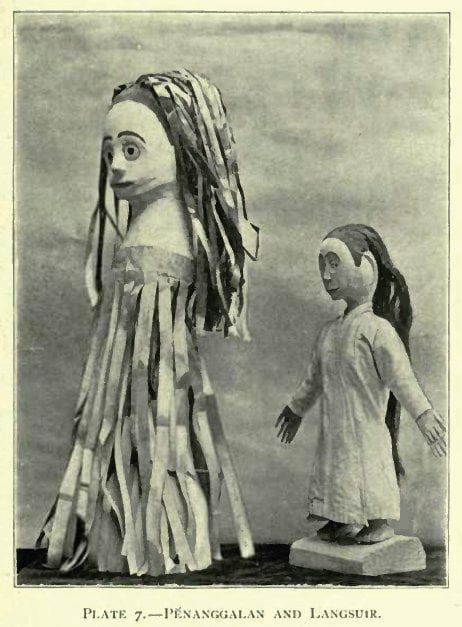
Source: The Real Malay
It’s believed that Abdullah bin Abdul Kadir, a major Malay literary scholar, wrote about the Penanggalan in his book Hikayat Abdullah.
The book was published in 1849 to the masses.
There have also been pieces of literature that date back to the 1900s that talk about these mythical entities.
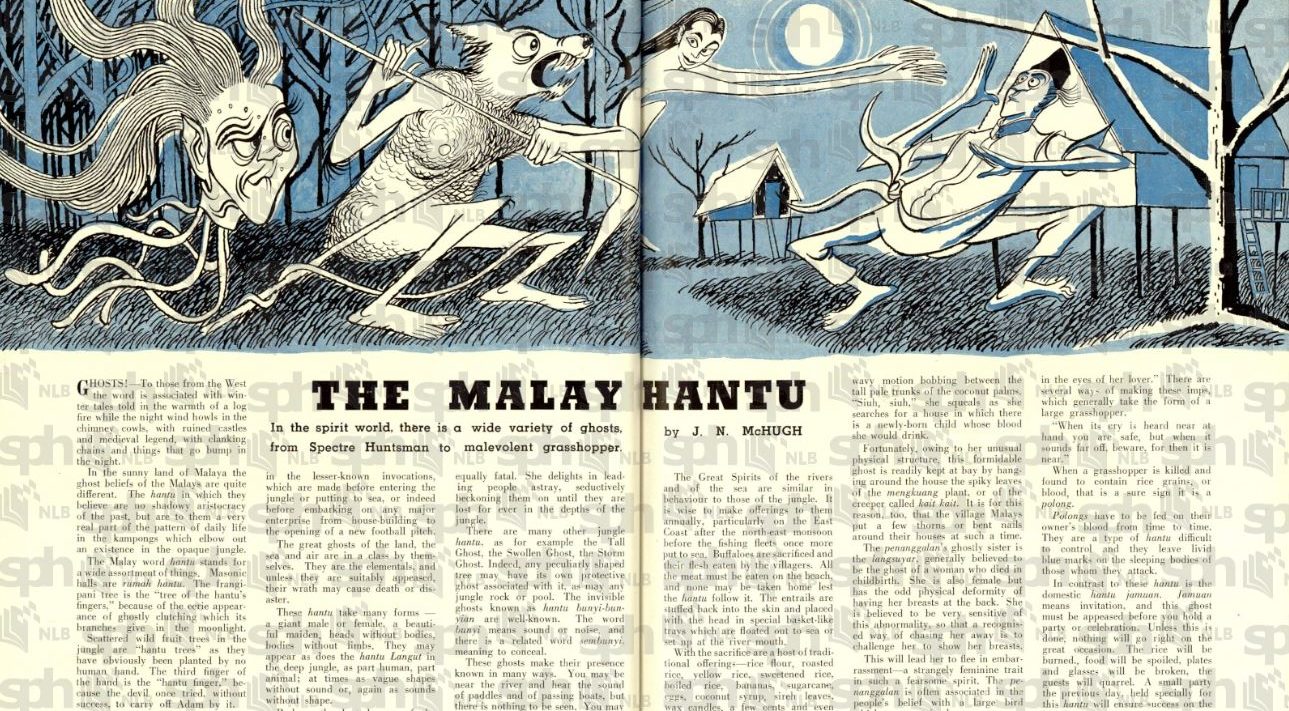
Source: The Straits Times via NewspaperSG
It even made its way into an article in The Straits Times in 1957.
The article featured some of the spirits that were prevalent in Malayan culture back then.
There were even stories about the Penanggalan in newspapers in 1912 titled ‘Jungle Nights: The Slaying of the Penangalan’.
However, Southeast Asian media is not the only place where the Penanggalan has shown up.
It even made an appearance as a monster in the 1981 Dungeons & Dragons rulebook called Fiend Folio.
In 2020, the YouTube channel WEAREHANTU shared a story of a Penanggalan sighting at Jalan Kayu — back when the area was still mostly forested.
It’s been a while since the Penanggalan has been brought up in recent times though. Perhaps they’ve died off since they can’t reach into houses in the tall HDBs of today.
Folklores and legends are a part of culture
Whether you believe in them or not, ghostly tales and folklore are a part of our history and culture.
The cautious who prefer not to tempt fate may still avoid stepping on any of the joss sticks or hell notes that are scattered around during the Hungry Ghost Festival out of respect.
Most of these tales seem outlandish or far-fetched, but there must be a reason that they have stuck around till today.
It could be a way to scare children to come home before sundown or simply an earnest warning of the real dangers that lurk in the dark.
Have news you must share? Get in touch with us via email at news@mustsharenews.com.
Featured image adapted from The Real Malay and Raven Crowking’s Nest for illustration purposes only.

Drop us your email so you won't miss the latest news.
